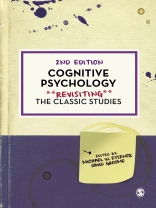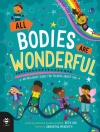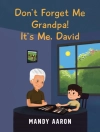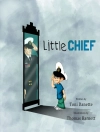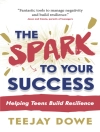Cognitive Psychology: Revisiting the Classic Studies critically reflects upon 15 of the most influential cognitive psychology papers ever published by researchers such as Chomsky, Loftus, Tulving, and Stroop. This book will familiarise you with the classic studies and show you how they have influenced subsequent research, right up to the present day. This second edition has been updated in light of new research and now contains comments from the living classic researchers on the chapters about their work.
This book is ideal for those studying cognitive psychology at the undergraduate level.
Revisiting the Classic Studies is a series of texts that introduces readers to the studies in psychology that changed the way we think about core topics in the discipline today. It provokes students to ask more interesting and challenging questions about the field by encouraging a deeper level of engagement both with the details of the studies themselves and with the nature of their contribution. Edited by leading scholars in their field and written by researchers at the cutting edge of these developments, the chapters in each text provide details of the original works and their theoretical and empirical impact, and then discuss the ways in which thinking and research have advanced in the years since the studies were conducted.
Michael W. Eysenck is Emeritus Professor at the University of Roehampton and Emeritus Professor and Honorary Fellow at Royal Holloway University of London.
David Groome was Senior Academic and Head of the Psychology Department at the University of Westminster, London.
Jadual kandungan
Chapter 1: An Introduction To Classic Studies In Cognitive Psychology – Michael W. Eysenck and David Groome
Chapter 2: Attention: Beyond Cherry’s (1953) Cocktail Party Problem – Michael W. Eysenck
Chapter 3: Direct Perception: Beyond Gibson’s (1950) Direct Perception – Vicki Bruce and Yoav Tadmor
Chapter 4: Perception: Beyond Marr’s (1982) Computational Approach To Vision – George Mather
Chapter 5: Perception: Beyond Goodale and Milner’s (1992) Separate Visual Pathways – Glyn W. Humphreys and Edward de Haan
Chapter 6: Attention: Beyond Stroop’s (1935) Colour–Word Interference Phenomenon – Colin M. Mac Leod
Chapter 7: Amnesia: Beyond Scoville And Milner’s (1957) Research On HM – Howard Eichenbaum and Neal Cohen
Chapter 8: Memory: Beyond Baddeley And Hitch’s (1974) Working Memory – Robert H Logie
Chapter 9: Memory: Beyond Tulving’s (1972) Episodic And Semantic Memory – Michael W. Eysenck and David Groome
Chapter 10: Memory: Beyond Tulving And Thomson’s (1973) Encoding Specificity Principle – James S. Nairne
Chapter 11: Memory: Beyond Loftus And Palmer’s (1974) Misinformation Effect – Coral Dando
Chapter 12: Thinking And Problem Solving: Beyond Newell, Shaw, And Simon’s (1958) Theory Of Human Problem Solving – Fernand Gobet and Peter Lane
Chapter 13: Thinking And Decision Making: Beyond Tversky And Kahneman’s (1974) Judgement Under Uncertainty – Klaus Fiedler and Momme von Sydow
Chapter 14: Thinking And Decision Making: Beyond Kahneman And Tversky’s (1979) Prospect Theory – Ben R. Newell
Chapter 15: Language: Beyond Chomsky’s (1957) Syntactic Structures – Trevor Harley and Siobhan Mac Andrew
Chapter 16: Cognitive Neuropsychology Of Language: Beyond Marshall And Newcombe’s (1973) Patterns Of Paralexia – Max Coltheart
Chapter 17: Classic Studies: General Lessons And Historical Context – Michael W. Eysenck
Mengenai Pengarang
David Groome was Senior Academic and Head of the Psychology Department at the University of Westminster, London. He retired in 2011, but he continues to write and he has authored or co-authored twelve psychology books. His research interests mainly involve cognition and memory, especially memory suppression and the effects of mood disorders on cognition. In 2009 he was awarded the BPS Award for Excellence in the Teaching of Psychology. His hobbies include tennis, travel, dogs, and music. In his spare time he is a keen guitarist, and is still waiting for his big break as a rock star.
